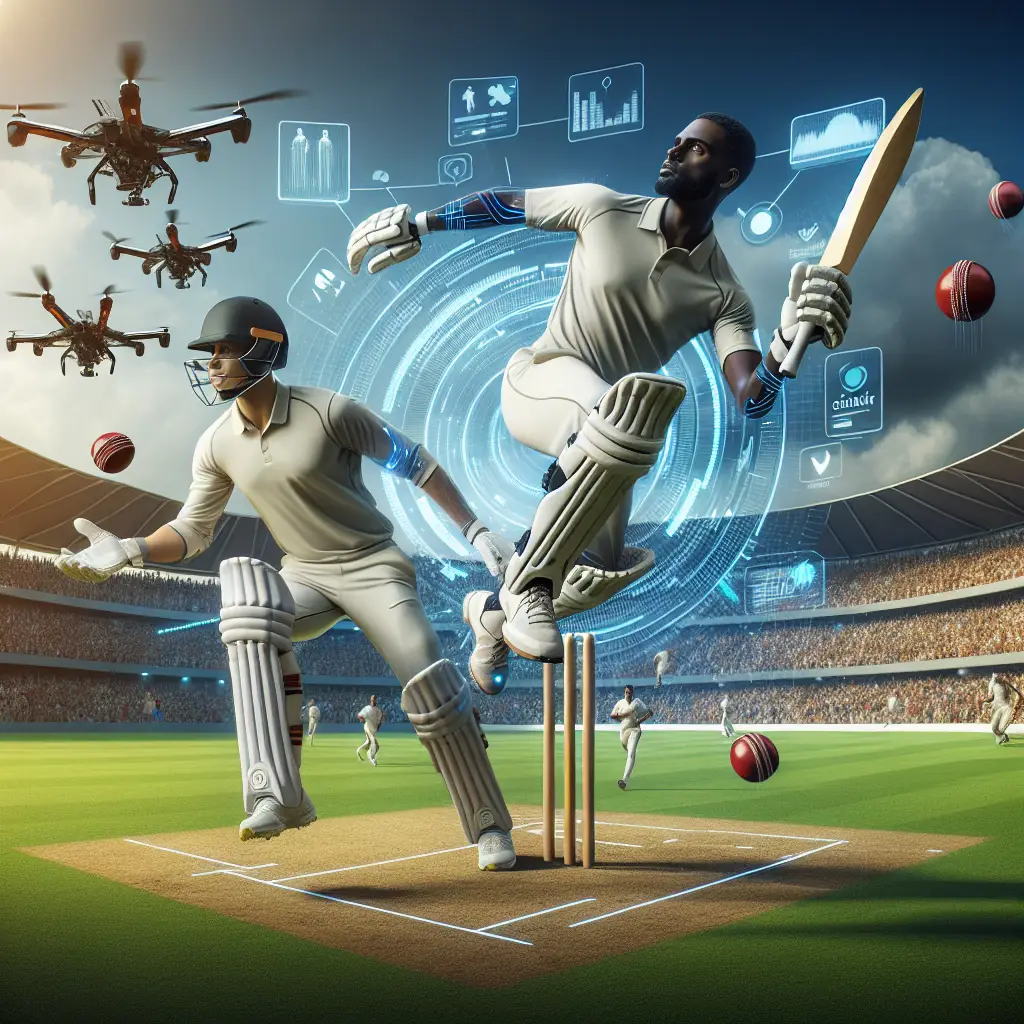The Future of Cricket: Trends and Predictions
Cricket, often referred to as a religion in countries like India, Australia, and England, has a rich history and a dynamic present. As the game evolves, technological advancements, changing fan demographics, and shifting societal values play crucial roles in shaping its future. This discourse examines key trends and predictions regarding the future of cricket, focusing on technology, formats, player welfare, fan engagement, sustainability, and global expansion.
1. Technological Advancements
a. Data Analytics
The growing application of data analytics in cricket is redefining how teams compete. Precise data tracking methods allow teams to analyze player performance, opposition weaknesses, and match conditions comprehensively. With technology such as ball-tracking systems and wearable devices, teams are now leveraging real-time information to strategize more effectively. Teams will increasingly rely on sports data to gain competitive advantages, improving performance analytics and game preparation.
b. Artificial Intelligence
Artificial Intelligence (AI) is set to revolutionize player training and match analysis. Advanced algorithms can predict outcomes, suggest tactics, and improve skill development by offering tailored training programs. By analyzing vast datasets over time, AI can help coaches understand player performance nuances and optimize training regimens. As AI tools continue to improve, their integration into cricket will likely be one of the game’s most transformative aspects.
c. Virtual and Augmented Reality
Virtual Reality (VR) and Augmented Reality (AR) are emerging technologies that can enhance the cricketing experience for both players and fans. In training sessions, VR can simulate match situations, allowing players to practice decision-making under pressure without the need for a physical match. For fans, AR can provide interactive experiences during live games or at home, such as viewing player statistics and engaging with immersive graphics that detail gameplay.
2. Formats of the Game
a. Rise of T20 and Franchise Leagues
The T20 format has seen a meteoric rise in popularity, thanks to its fast-paced nature and entertainment value. The success of leagues such as the Indian Premier League (IPL) has ignited a fierce competition among franchises, creating a lucrative market for players and a platform for emerging talent. As T20 cricket continues to dominate, traditional formats like Test matches may need to adapt to this trend.
b. Hybrid Formats
Innovations such as “The Hundred” in England have resulted in the emergence of hybrid formats that combine elements from different cricket styles. Future competitions may see the rise of even more unique formats that focus on compressing game time to cater to shorter attention spans while maintaining cricket’s core essence. Such formats could appeal to new audiences and diversify the game’s reach globally.
3. Player Welfare and Mental Health
a. Increasing Focus on Physical Fitness
With the intensity of modern cricket, player fitness has become paramount. Athletes are now subjected to rigorous schedules that can lead to burnout injuries. Thus, teams are likely to invest more in sports science, physiotherapy, and personalized wellness programs to maintain player health. This trend will push for a more sustainable approach to scheduling, needing a balance between competitive integrity and player welfare.
b. Mental Health…
Share this content:
Share this content:
